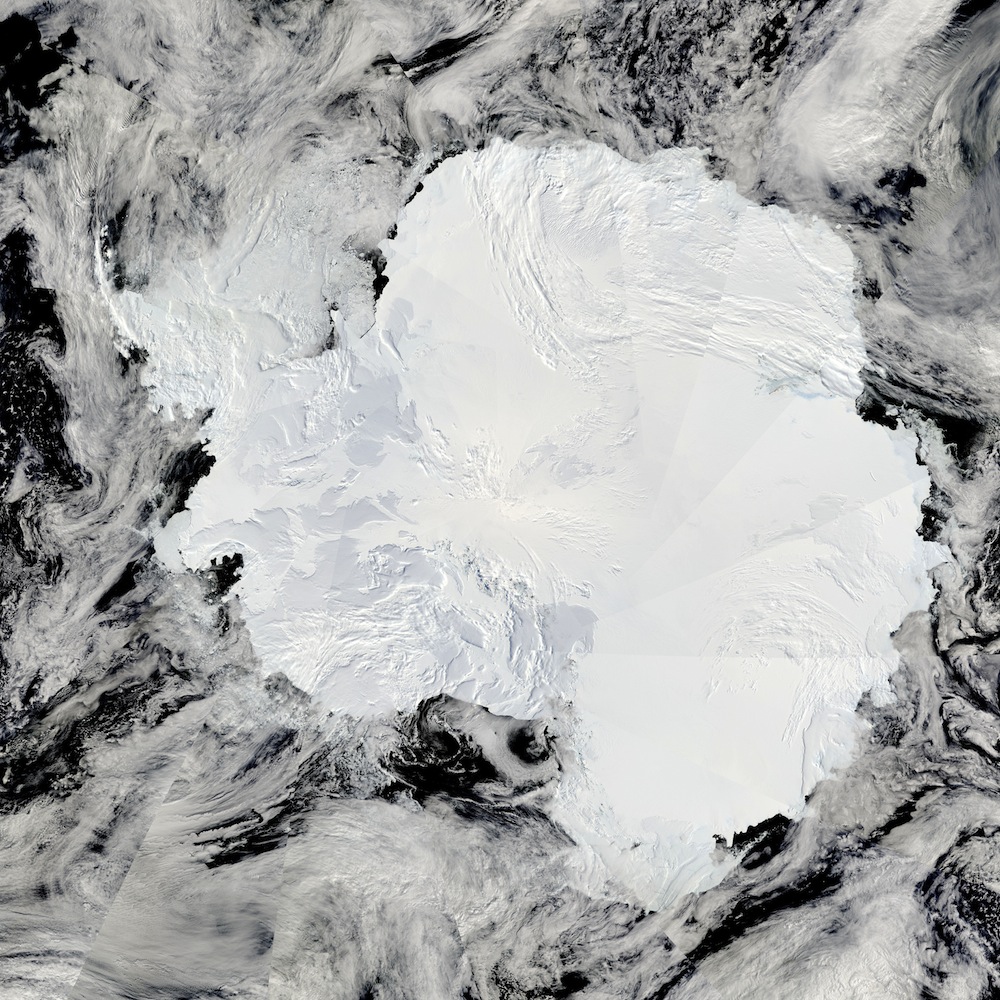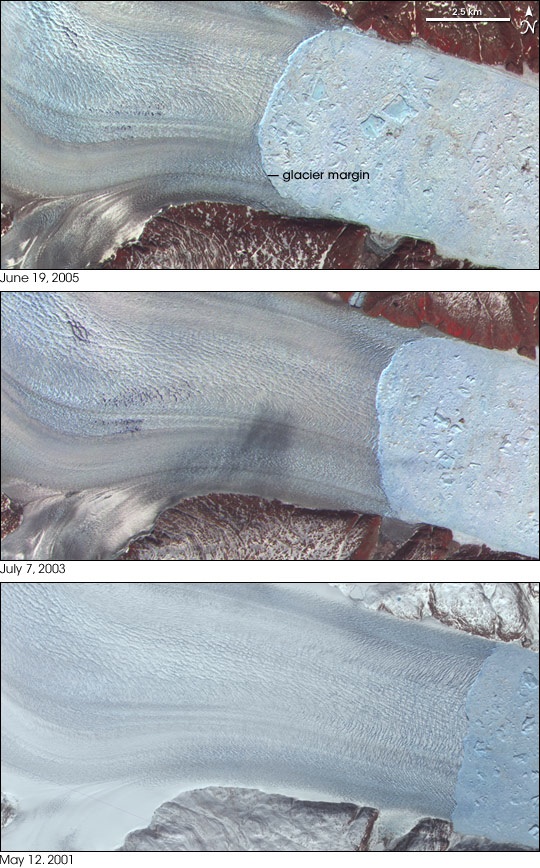Warming Oceans Will Melt Glaciers Quicker than Expected

Ice sheets simmering in warmer ocean waters could melt much quicker than realized. New research is suggesting that as oceans heat up they could erode away the ice sheets much faster than warmer air alone, and this interaction needs to be accounted for in climate change models.
"Ocean warming is very important compared to atmospheric warming, because water has a much larger heat capacity than air," study researcher Jianjun Yin, of the University of Arizona, said in a statement. "If you put an ice cube in a warm room, it will melt in several hours. But if you put an ice cube in a cup of warm water, it will disappear in just minutes."
The researchers studied 19 state-of-the-art climate models and saw that subsurface ocean warming could accelerate ice-sheet melting over the next century, resulting in greater sea level rise that could exceed 3 feet (1 meter). Glaciers in Greenland and Antarctica will melt at different rates, though. [In Photos: Glaciers Before and After]
Different strokes for different coasts
Given a mid-level increase in greenhouse gases, the ocean layer about 650 to 1,650 feet (200 to 500 meters) below the surface would warm, on average, about 1.8 degrees Fahrenheit (1 degree Celsius) by 2100, the researchers found.
The actual warming in different regions could differ significantly, though. They found that temperatures of subsurface oceans along the Greenland coast could increase as much as 3.6 F (2 C) by 2100, but along Antarctica would warm less, only 0.9 F (0.5 C).
"No one has noticed this discrepancy before — that the subsurface oceans surrounding Greenland and Antarctica warm very differently," Yin said. The discrepancy is caused by different currents in the ocean: The Gulf Stream will send warmer waters toward Greenland, while the Antarctic Circumpolar Current blocks some of the warmer waters from reaching Antarctica.
Get the world’s most fascinating discoveries delivered straight to your inbox.
Warmer waters = melting ice
This drastic increase in ocean warming will have a substantial impact on how quickly the polar ice sheets melt, as warmer waters will erode away the ice sheets below the surface. This is on top of increased melting from warmer air in the region. As the glaciers' underwater support structures melt, they lose chunks of ice, which become icebergs.
"This does mean that both Greenland and Antarctica are probably going melt faster than the scientific community previously thought," study researcher Jonathan Overpeck, also of the University of Arizona, said in a statement. "We could have sea level rise by the end of this century of around 1 meter [more than 3 feet] and a good deal more in succeeding centuries."
Previous estimates had projected sea levels to rise by anywhere between 1.5 and 6.5 feet (0.56 and 2 m), and in 2011 a study by Eric Rignot, of the University of California at Irvine, and others projected that sea level rise would reach 12.6 inches (32 centimeters) by 2050 alone. Overpeck and Yin's study adds to the evidence that sea level rise by the end of the century will be near the high end of these projects.
The study was published today (July 3) in the journal Nature Geoscience.
You can follow LiveScience staff writer Jennifer Welsh on Twitter @microbelover. Follow LiveScience for the latest in science news and discoveries on Twitter @livescience and on Facebook.
Jennifer Welsh is a Connecticut-based science writer and editor and a regular contributor to Live Science. She also has several years of bench work in cancer research and anti-viral drug discovery under her belt. She has previously written for Science News, VerywellHealth, The Scientist, Discover Magazine, WIRED Science, and Business Insider.
 Live Science Plus
Live Science Plus








